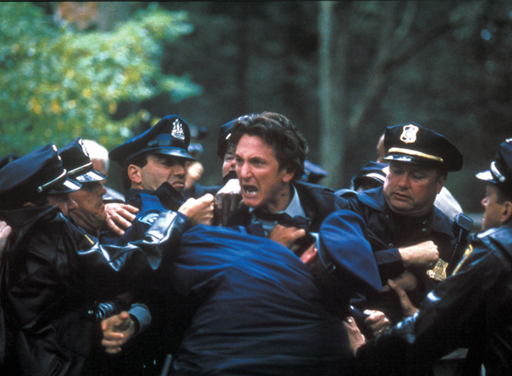5.2 Grief in popular culture
Accounts of grief can be found throughout popular culture and within film, television, books and so on. The film ‘Manchester by the Sea’, released in 2017, stars Casey Affleck as a janitor whose life is turned upside down following the death of his brother. ‘Truly, Madly, Deeply’, a film from 1991 starring Julia Stevenson and the late Alan Rickman, demonstrates the complexity of the main character’s struggle with being composed in public and yet, privately with her therapist, both sad and angry. Superhero films such as Batman and Harry Potter (which explore parental death) and Astroboy (which reflects on the death of a child) also have grief as central themes throughout their narrative. In music, grief permeates throughout the lyrics of Eric Clapton’s song, ‘Tears in Heaven’, following the death of his four-year-old son.

Activity 7 Grief in music and film
Think about some music that has lyrics and a film that reflects some aspect of grief or were motivated by bereavement. Make notes in the response boxes about what you found most powerful about the film or piece of music you have identified. What were the words used that struck a chord for you. What was it about a particular scene in a film? What was happening and to who?
| Music | Film |
|---|---|
Discussion
There are an infinite number of films and pieces of music to draw on which represent grief and bereavement. One OU academic wrote:
| Music | Film |
|---|---|
| I recalled that pieces of music from funerals represented the age at which the person died and in what circumstances. Those that were used to reminisce about a very young child, were based on the meaning of the child attached to parents and the lyrics reflected the deep sense of loss. I have attended funerals where the music represented what mattered to the deceased when their favourite piece of music was played. I have also noted however, where this was frowned upon in a formal church setting where music played through a machine was seen as ‘dumbing down’ the genre of music that was traditionally played in a church. This was not an issue in crematorium type funerals. This enabled me to reflect upon other types of norms that determine and can affect the way in which people are expected to remember loved ones and represent more individualised ways to commemorate the deceased in keeping with more recent commemorative practices. | I thought about the film Manchester by the Sea and how the film is focused on death and grief. It made me realise that films about grief usually involve some ending that makes the viewer feel like there has been some development or acceptance of loss and that they have been on a journey. Often, there is some resolution or acceptance at the end of the journey. However, in life, this feeling may evade us or may be fleeting and we may not feel that the journey has ever come to any resolution. We may oscillate between more painful and less painful experiences of grief rather than any constant ‘acceptance’ or resolution. |
The way in which grief is portrayed in song and in film is often expressed as isolating and sad experiences. The common theme is also one of eventual acceptance although not necessarily severing ties with the deceased. Songs may not account for uncertainties such as multiple losses. You may have felt that grief is romanticised in song and reflect contemporary responses to bereavement. This represents a social norm. It is also possible to identify grief through newspaper stories and magazine articles. While the issues of death and dying might be considered taboo in some cultures, references to grief and bereavement in public and private are relatively common. Perhaps social expressions of grief and bereavement are more socially acceptable than talk of death and dying more directly.
